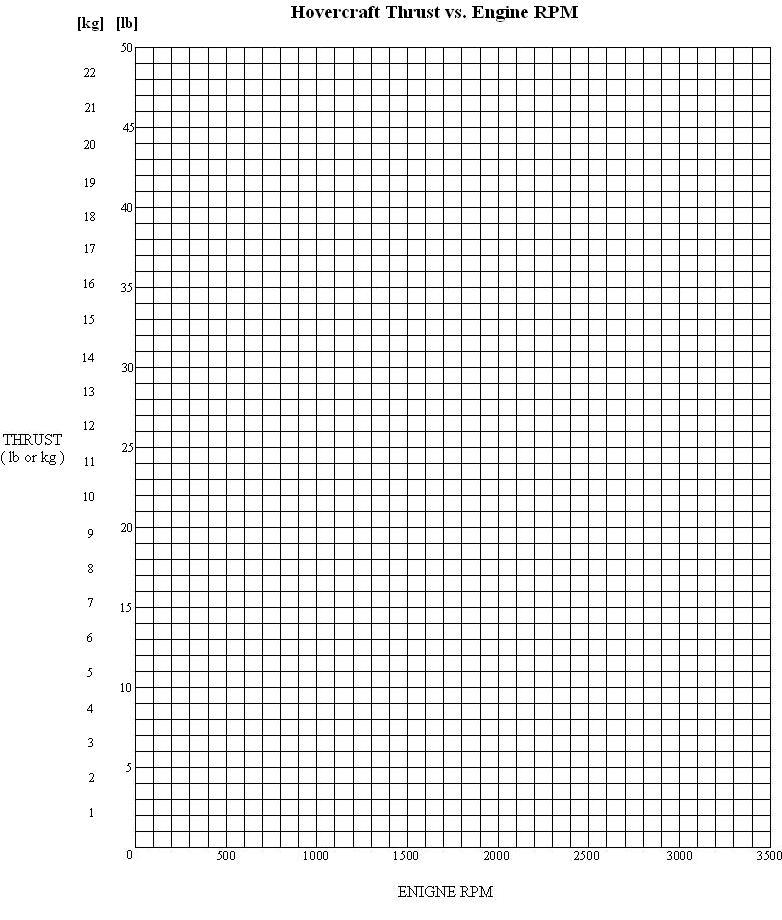Illustration courtesy of NASA
| NAME |
|
PARTNER'S NAME
EXPERIMENT 7.1
Equipment:
Illustration courtesy of NASA
Assign someone to time the launch.
Release the clothes pin when the timer says, "Go!" and starts the
stopwatch. The timer stops the stopwatch when the balloon reaches the final
mark on the string. Record your results and repeat. Try raising the end of the
string in 1ft. [0.3 m] increments and repeat the experiment. Try a different
type of string. Try lubricating the string. Try blowing up the balloon to different
sizes. Try adding wings. When finished, remove the balloon and use the scale
to find the mass of the balloon with the straw attached. If you tried adding
wings, measure the mass when the wings are attached as well. Record your results.
In Curriculum Guide #2 we discussed
formulas for motion in which acceleration is constant. Assuming the balloon
acceleration remains constant, we can use one of these formulas to calculate
the acceleration.
x = x0 + v0·t + ½ a·t2
The initial position and initial velocity are both zero, so ‘x0’ and ‘v0’ drop out of the equation. We can then solve for ‘a’ to get the following equation.
a = 2x / t2
Where 'x' is the distance the balloon traveled, and 't' is the time measured by the stopwatch. Using Newton’s second law: Thrust = Mass · Acceleration; calculate the thrust value for each timed run. Hypothesize why these values change for each timed run. Be sure to consider error, both human and equipment, in your results.
How does Newton’s Third Law apply?
How does this apply to hovercraft?
Place the hovercraft at the start of the marked course on the smooth floor. Assign someone to time the launch. Start the hovercraft and release when the timer says, "Go!" and starts the stopwatch. The timer stops the stopwatch when the hovercraft reaches the final mark on the course. Record your results and repeat. Be sure to weigh your hovercraft. Record your results. Attach the skirt and repeat the experiment. Remember to weigh the hovercraft with the skirt attached and record your results. Repeat this experiment on the carpeted floor, grassy area, and water course. On the water course, do your best to mark the same distance as in the prior experiments. After doing the experiment without the skirt, repeat each terrain with the skirt, and repeat once more with both the skirt and the wave-hopper bow. Don’t forget to weigh the hovercraft without the skirt, with the skirt, and with the skirt and wave-hopper bow attached.
 |
 |
 |
GH-1 without skirt |
GH-1 with skirt |
GH-1 with wave-hopper bow |
Using the Thrust Formula (Newton’s Second Law): Thrust = Mass · Acceleration; calculate the thrust value for each timed run. Hypothesize why these values change for each timed run. Be sure to consider error, both human and equipment in your results. How does Newton’s Third Law apply? How does this apply to hovercraft?
Newton's Third Law
"When one object exerts a force on a second object, the second object exerts an equal but opposite effect on the first."
EXPERIMENT 7.3
Equipment: If you just want to
know how much static thrust your engine and propeller produce at a certain rpm,
you can test static thrust force, or the thrust produced
with the hovercraft not moving. It's easy to measure static thrust using the
set-up in the diagram. With the engine running and the skirt inflated, position
the bathroom scale against a wall so that the nose of the craft is pushing directly
on it. You will need one person to support and read the scale, and one to operate
the engine throttle. Start by letting the engine idle and record this minimum
rpm*. Place the two levels inside the hovercraft. One will lie along the centerline
(from the front to the back), and the other will lie laterally across the hovercraft
(from the right side {starboard} to the left side{port}). When measuring the
thrust, the driver must shift his/her weight to make sure the hovercraft is
level along both axes. If the hovercraft is tilted in some way, the thrust measurements
will not be accurate. If the bathroom scale is set up as in the diagram, you
should be able to read the amount of thrust the hovercraft is exerting on it.
Repeat this procedure in 500-rpm increments, until the engine has reached maximum
rpm. Once you have all your data, plot it as a graph and you will have an accurate
relationship of thrust to rpm for your particular engine and propeller. Discover
that the propeller produces more thrust as it spins faster.
The thrust measurements obtained in
this experiment will be different than the thrust produced by the hovercraft
when it is moving. This is because friction is greater when an object it not
moving. At one time you have probably noticed when pushing an object across
the floor that once you get it moving, it’s easier to push than when it
was stationary. This is because static friction (friction
when an object isn’t moving) is greater than dynamic friction
(friction when the object is moving).
* If your thrust engine doesn't have a tachometer to measure engine rpm,
you can use a stroboscope to do it. Paint a solid circle about
1-2 in [25.4 – 50.8 mm] in diameter on the propeller near the tip of one
of the blades. Make sure it's a color that is contrasting to the color of the
propeller. Let the engine idle and adjust the stroboscope flash rate so that
the circle on the propeller seems to "hold still" in the flashing
light. At that point, the rate at which the stroboscope flashes gives the rate
at which the propeller is rotating.

Sketch by
J. Benini
